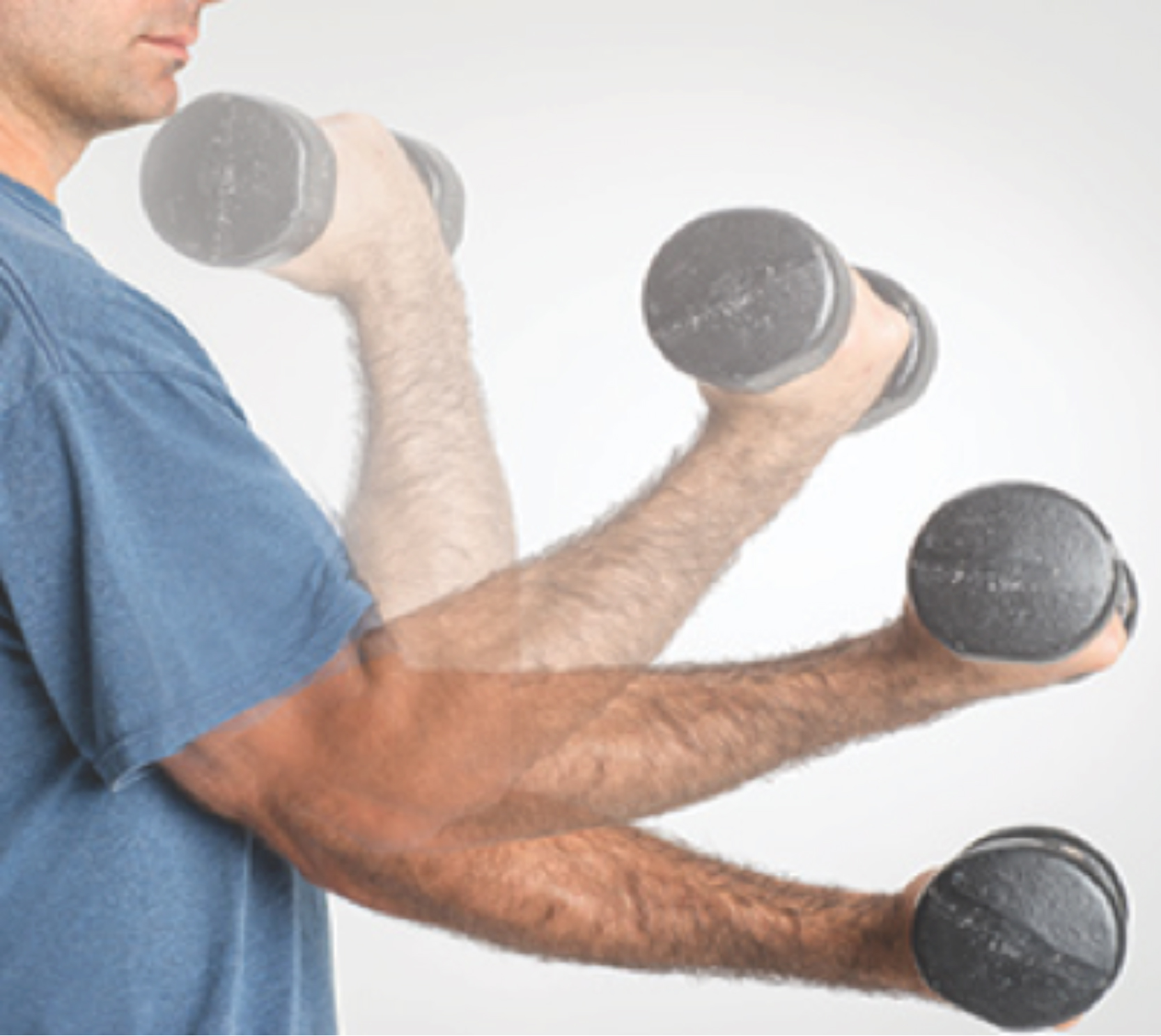Keeping up with physical therapy during the holidays is tough. There are so many other things to do – cooking, parties, shopping, travel, and visiting with family and friends. But if you’re in physical therapy over the holidays, there’s a reason. You’re having pain, or not moving as well as you want to. These issues place limitations on your life, which are going to affect your ability to do things – like cooking, partying, shopping, traveling, or enjoying time with friends and family. So even though keeping up with your PT this time of year is tough, it’s important. That’s why we’re going to give you our best tips to help you through the holidays.
PLAN
Some of what makes the holidays challenging is the crazy schedule. To survive this, you’re going to have to plan ahead. We’re not just talking about appointments on your calendar, either (although those are important). Here are some things to think about planning ahead:
Your PT appointments
Your schedule is busy during the holidays. So is your PT’s. Plan and schedule your appointments in advance. You’ll get the times and days that work best for you, and you’ll already have your PT appointments in your calendar to plan other things around.
Your exercise
Hopefully you have a regular time to exercise. With the holiday mania about to shake up your routine, that time may no longer work. Think about when you’re going to exercise ahead of time and you’ll stay consistent.
Your diet
Healthy eating often gets derailed during the holidays. Putting low quality fuel into your body won’t help you feel better. Think about planning what you’re going to eat ahead of time. We’re not saying to skip every holiday treat offered to you, but maybe think about which ones you really need to have, and which ones you can skip in advance. It makes saying “no thanks” to that third slice of fruitcake easier.
MODIFY
We’re realistic. We understand that life isn’t the same during the holidays as it is during the rest of the year. That’s part of what makes this time of year special! With that in mind, our next set of tips focuses on making modifications to help you get through the holidays successfully.
Your PT Plan
When you planned your PT appointments out well in advance, you might have run into some challenges. Talk to your therapist about how you might be able to modify your plan of care through the holidays to make it all work. Maybe you’re going to PT three times a week and you can only come twice a week for a week or two. Plan this sort of thing in advance with your PT and you can work together to come up with the best plan.
Your exercise
Exercise is so important, it made our list twice. Now that you know when you’ll exercise, you might have to modify your routine to make it fit. Again, we recommend talking with your PT to see what you can do. Maybe your home exercise program can be modified so you can do everything in the kitchen during downtime when you’re cooking up your holiday feast. Maybe you can reduce the number of exercises to focus on maintaining the gains you’ve made until things settle down.
Your schedule
In your planning in advance (see how important it is?) you might have found that your normal routine wasn’t going to work. If your PT appointments or exercise time is usually right after work and you’ve now got commitments during that time, maybe you can move them to the morning before work. If you’ve been exercising outside, the shortened days may move you into the gym. Be flexible and consider temporarily modifying your schedule and your routine to make it work better during the holiday season. You can always go back to your previous routine after.
The holidays are a special time of year. Keeping up with your health and your physical therapy can be challenging during this time. But you don’t have to fall behind. With some planning and flexibility, you can stay healthy, survive the holidays and head into next year with good momentum!
Article courtesy of: https://ppsapta.org/marketing/blog/browse.cfm?recID=E75A9C50-C7D8-D220-4F1230FC5F53CA7F&utm_source=Informz&utm_medium=Email&utm_campaign=PPS%20Informz

